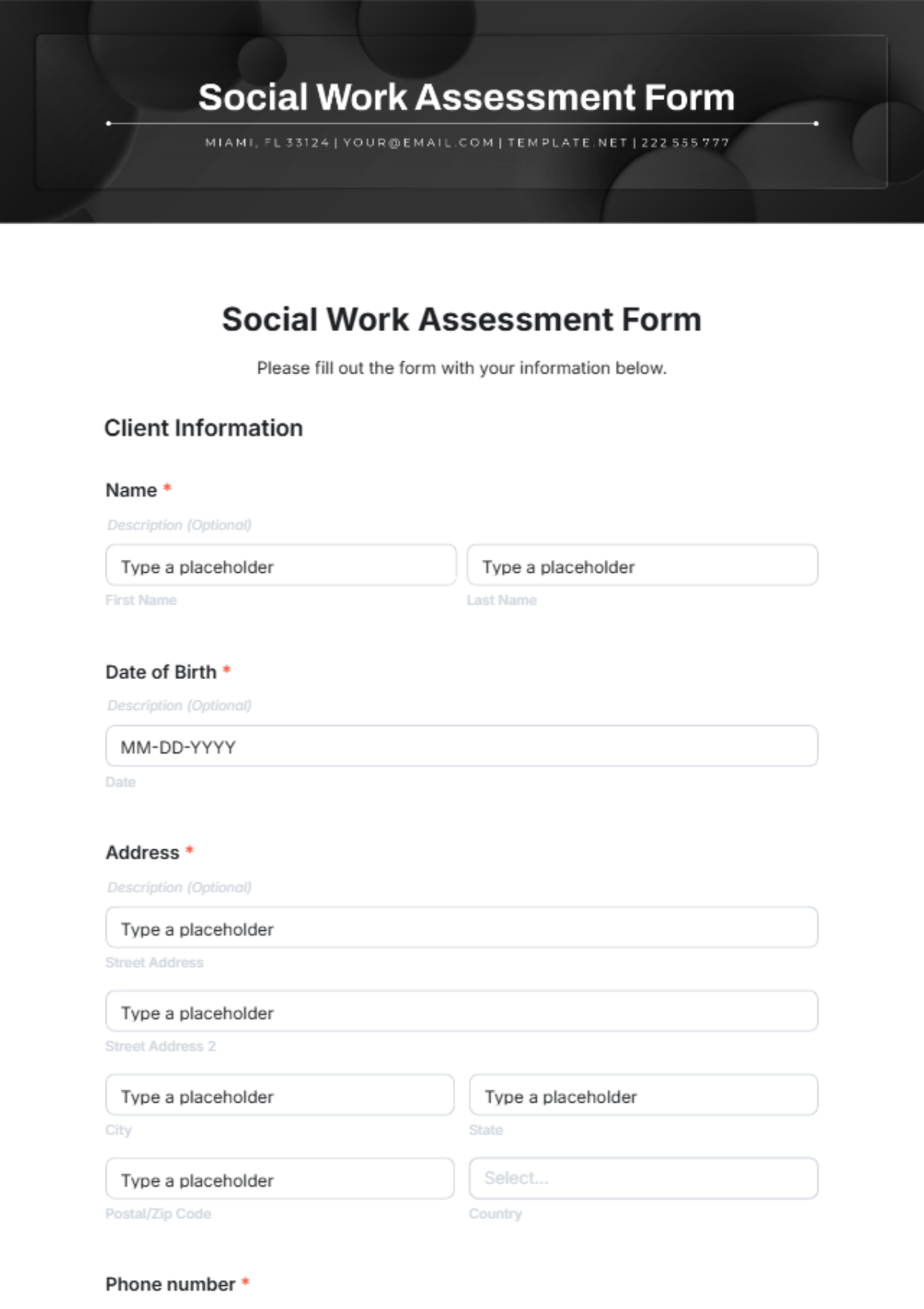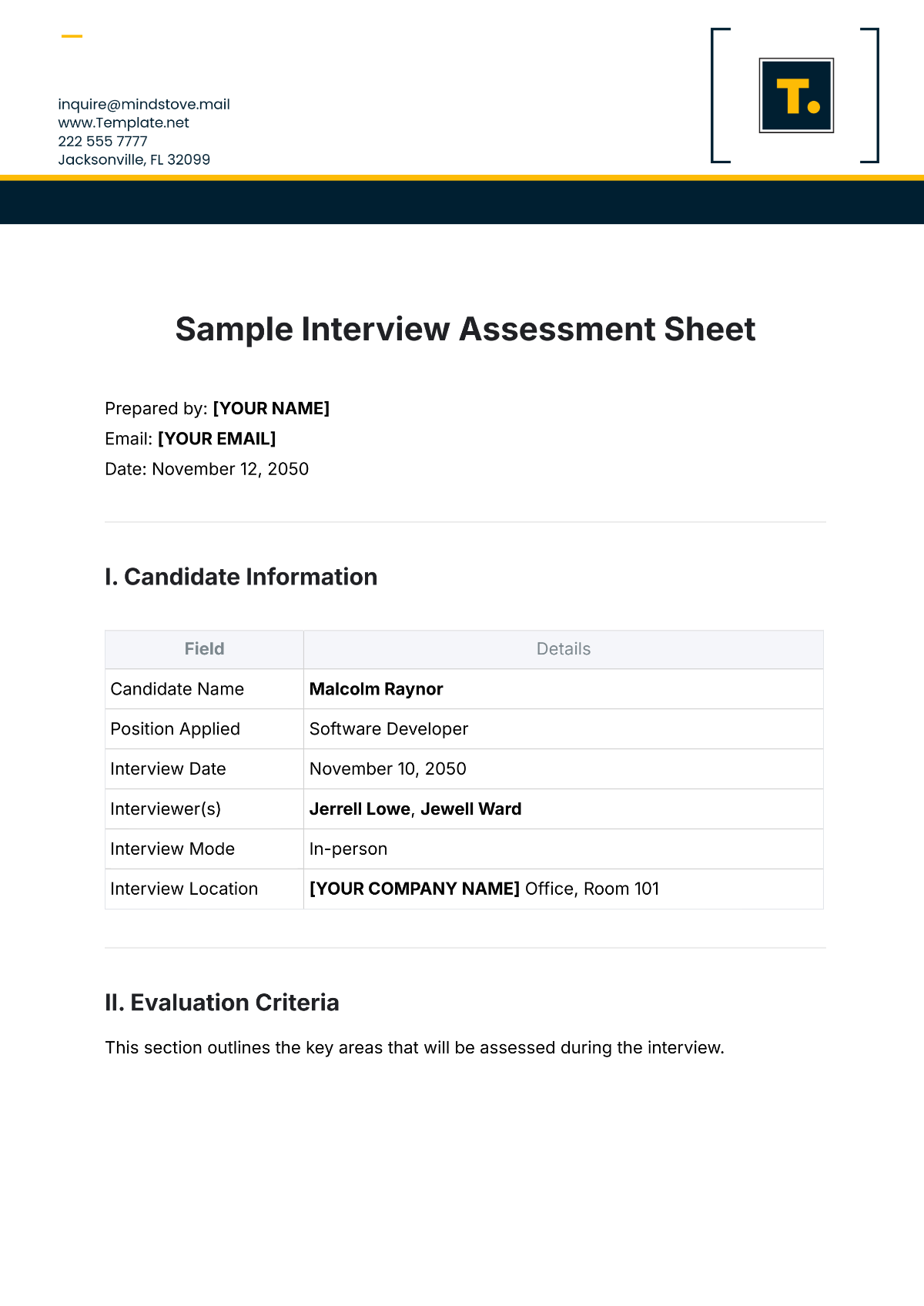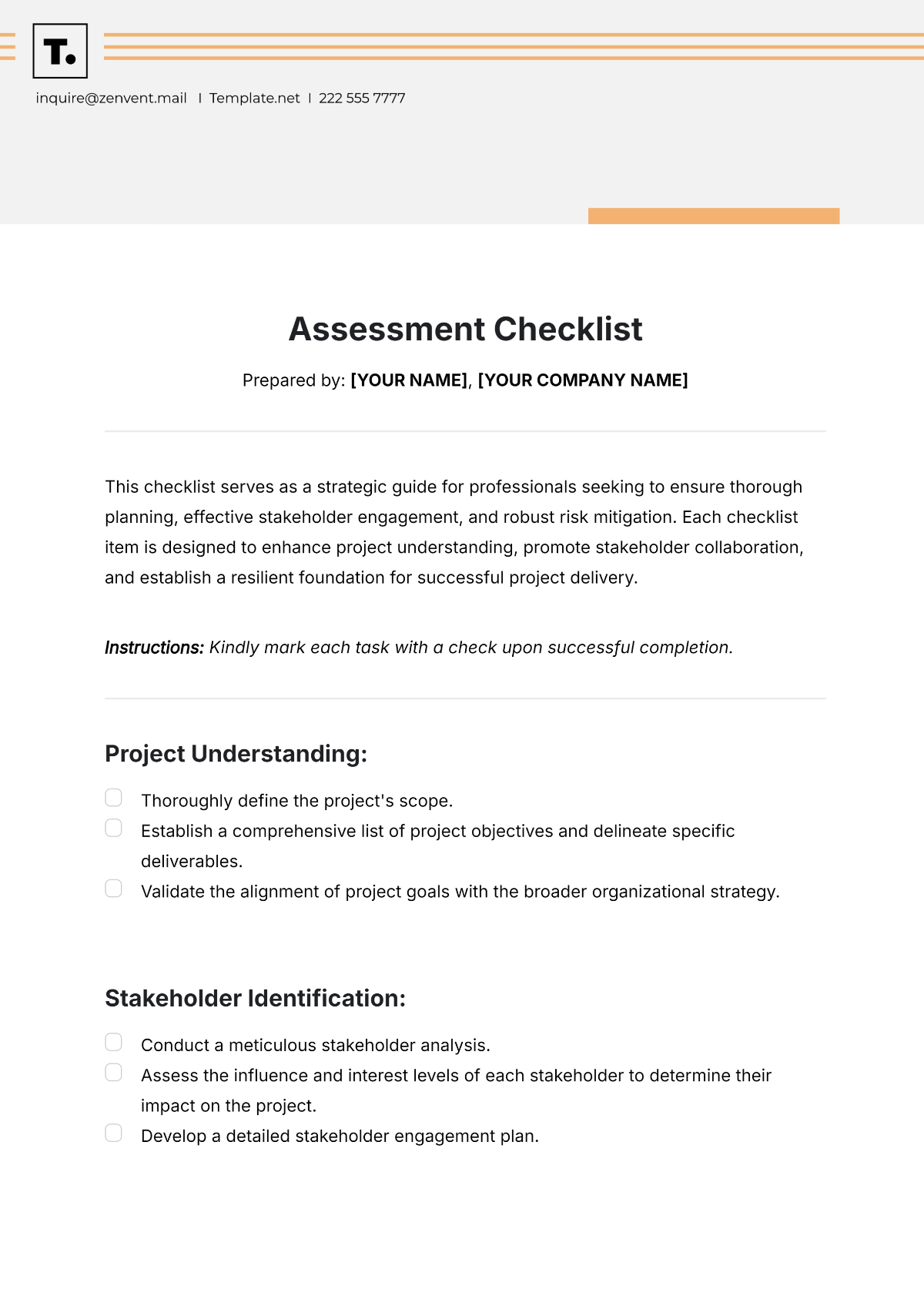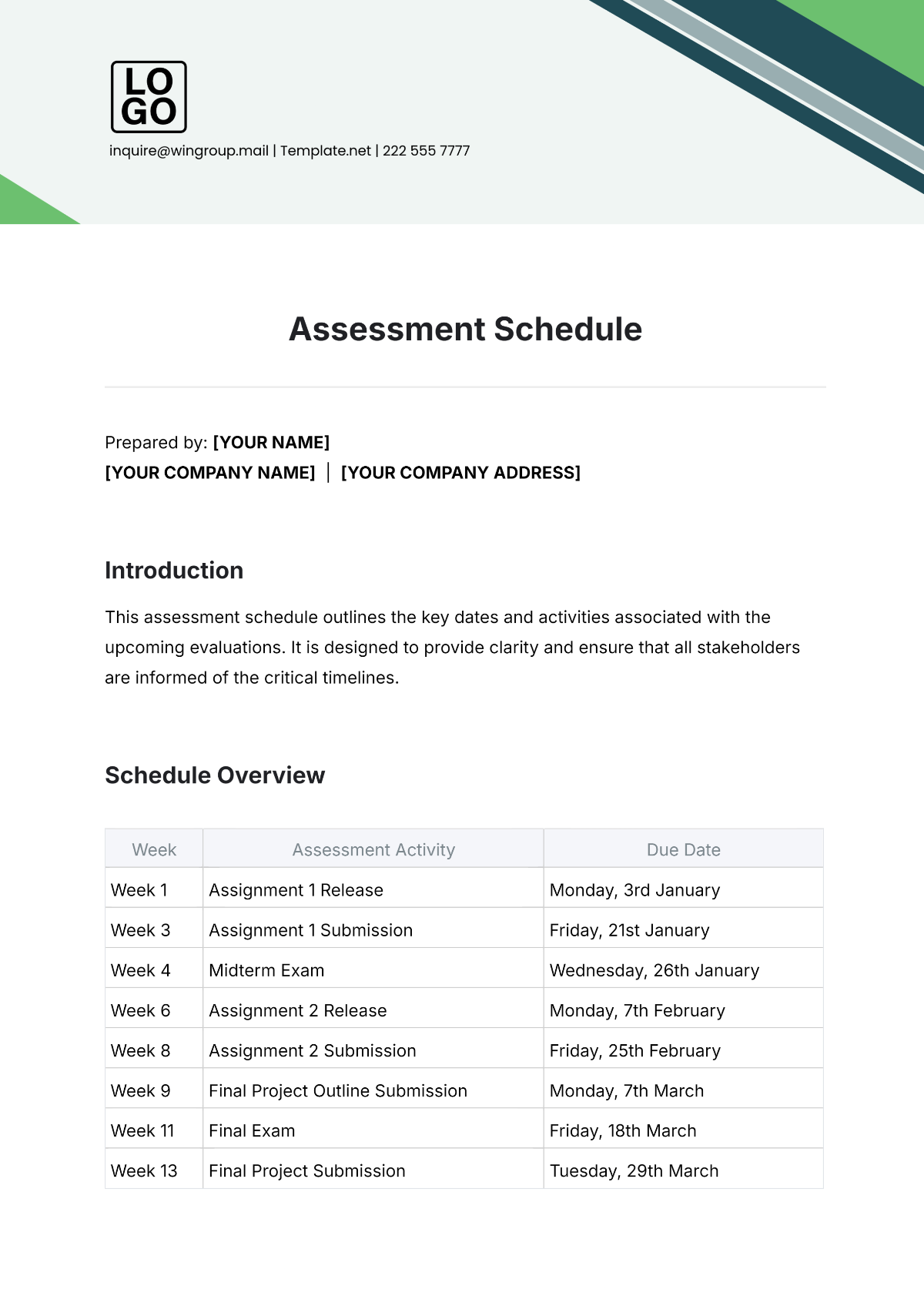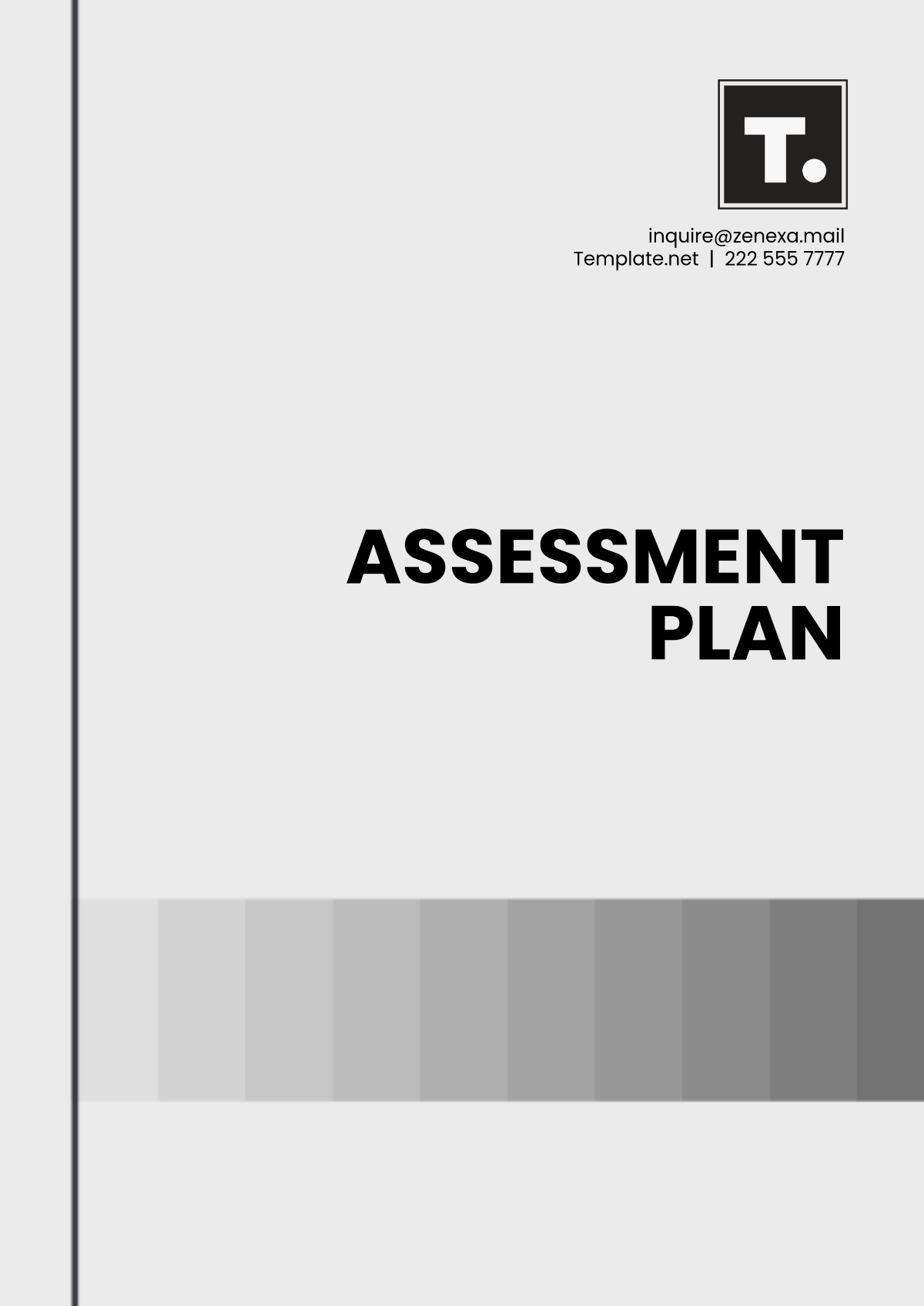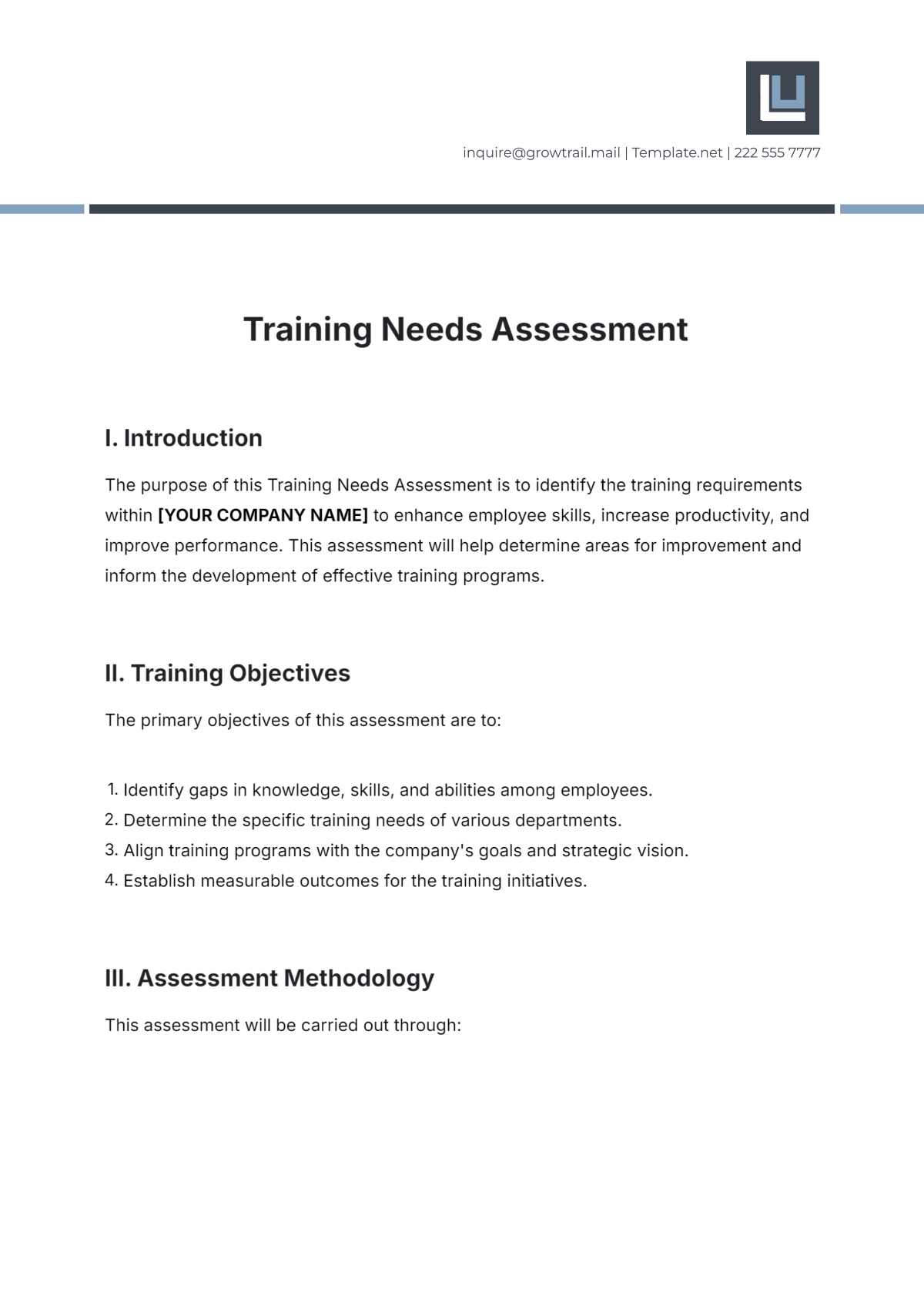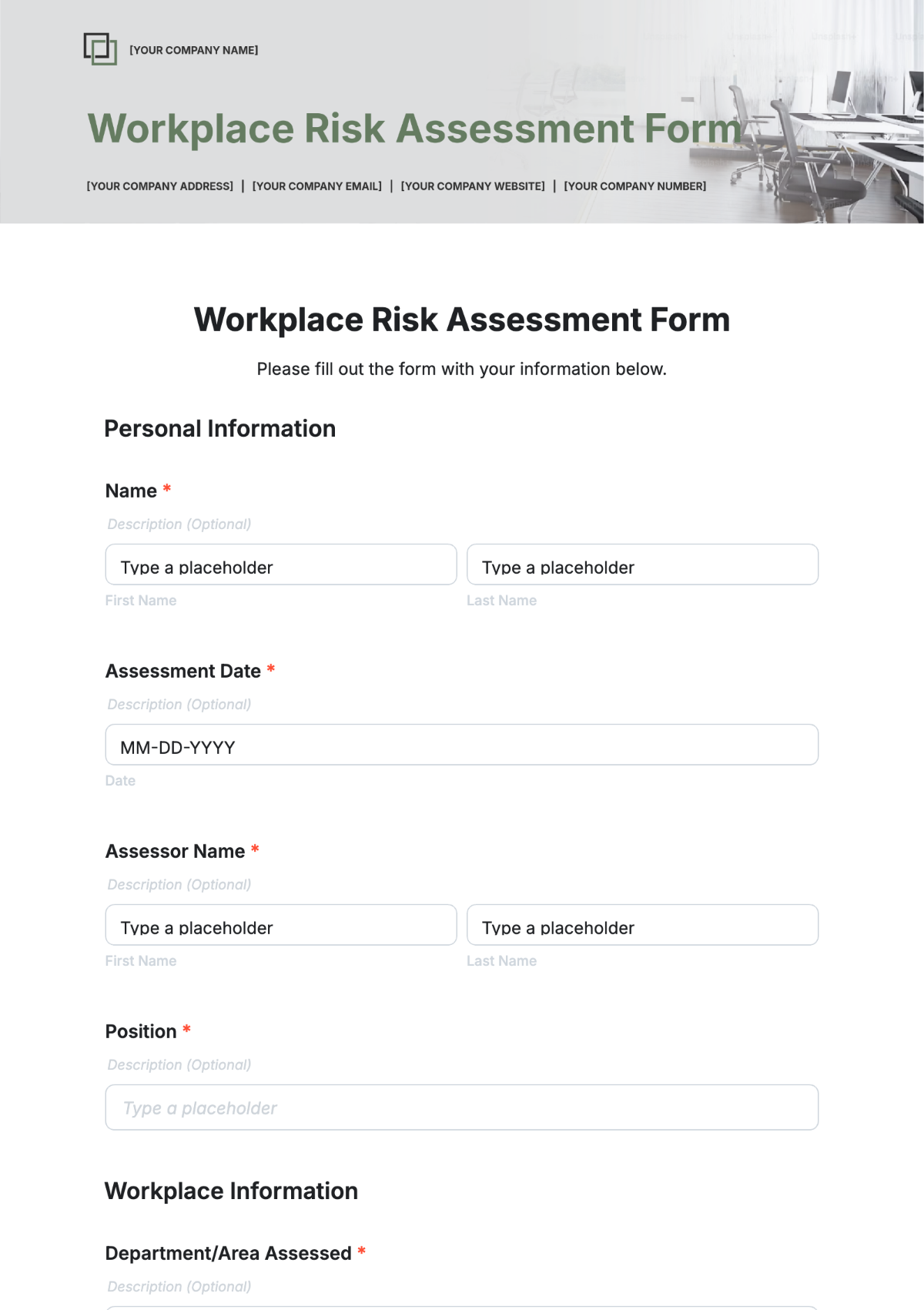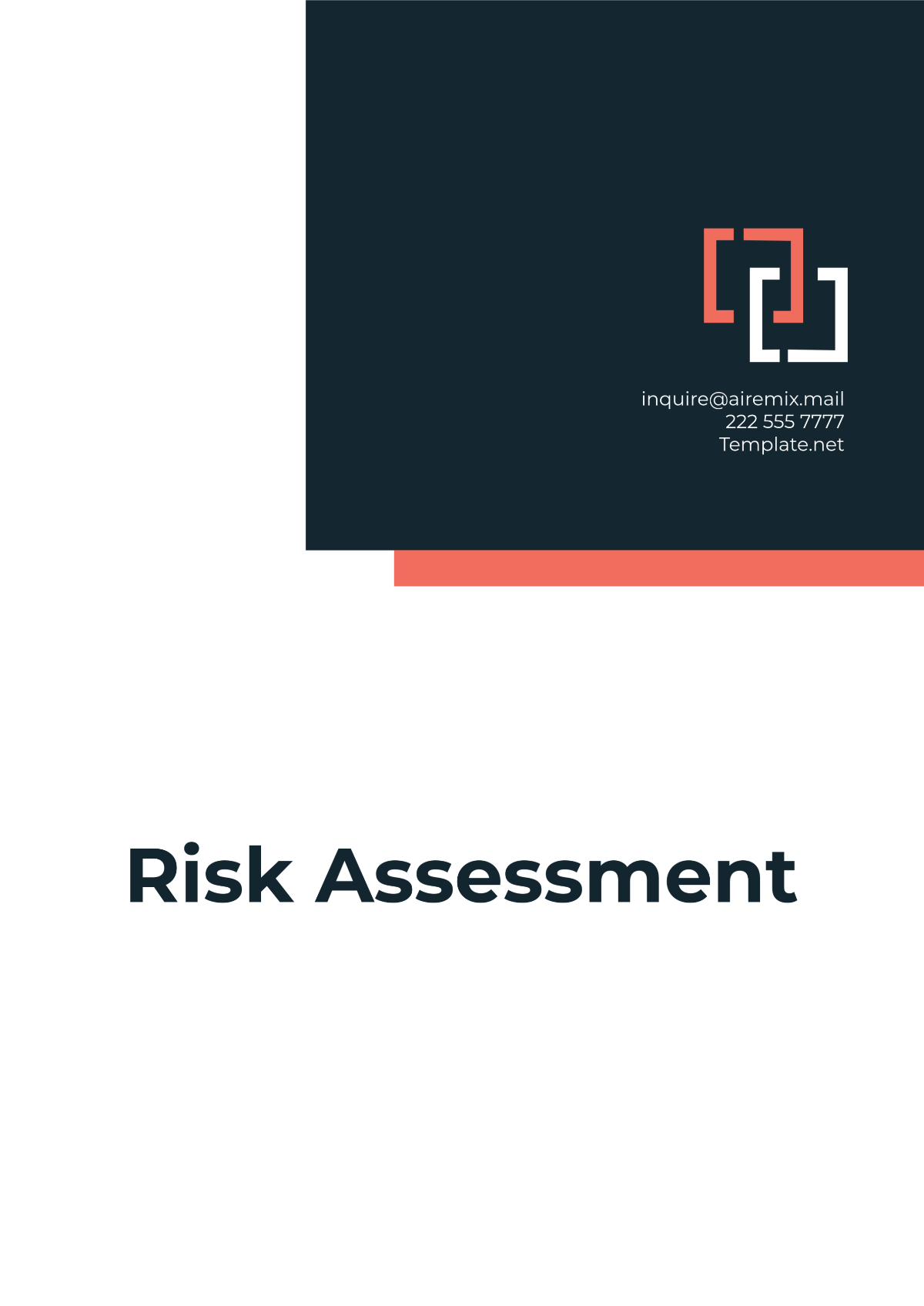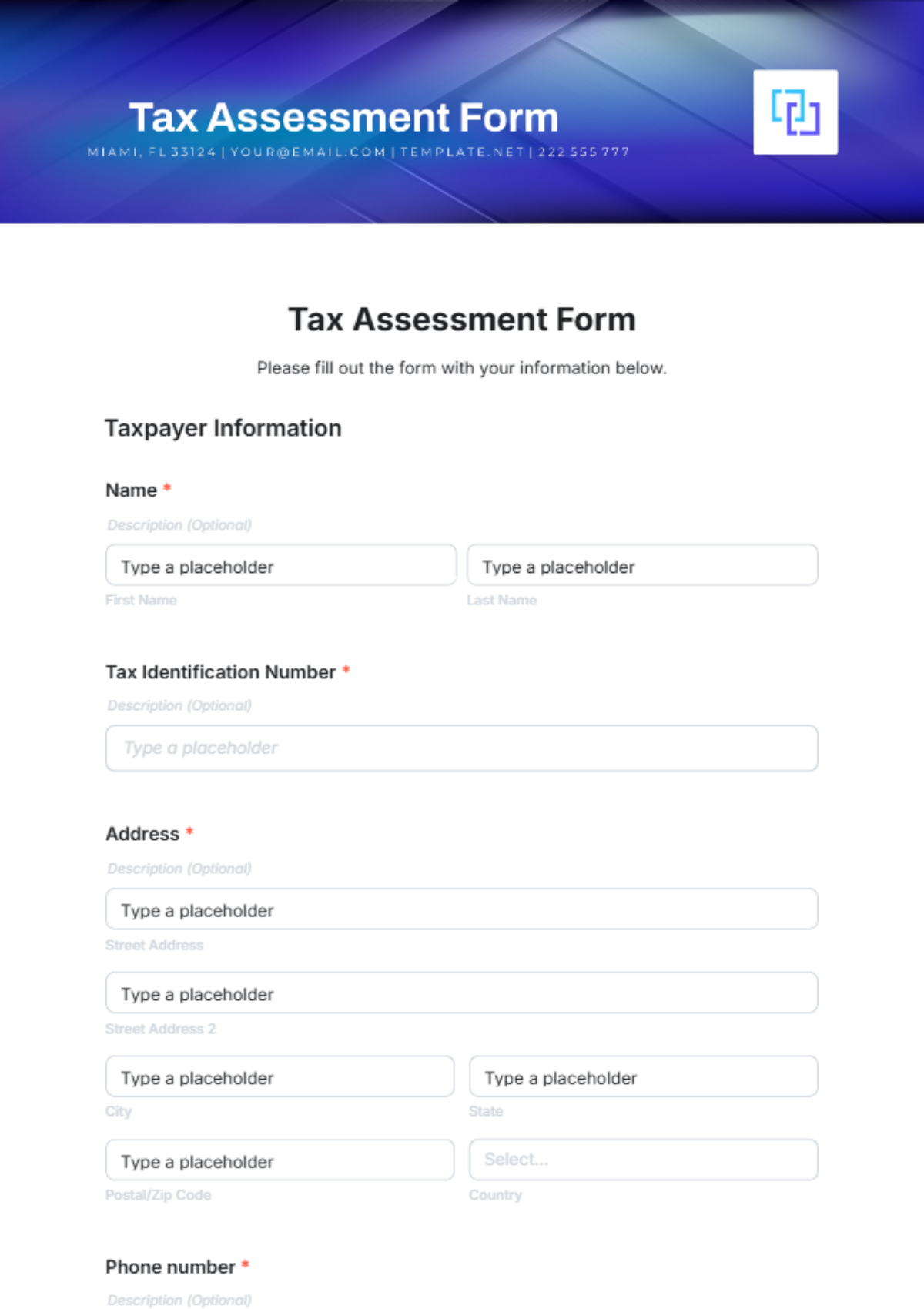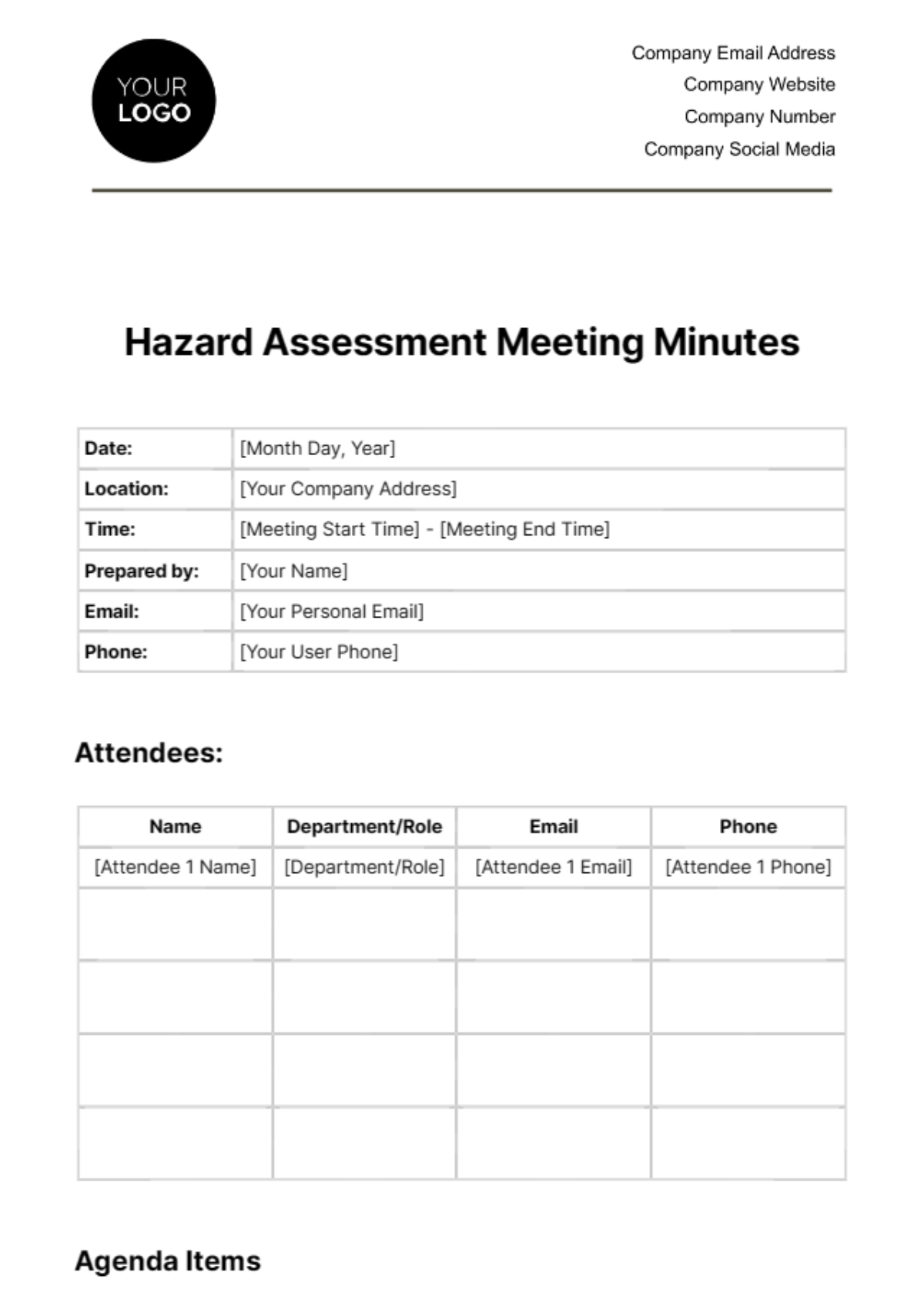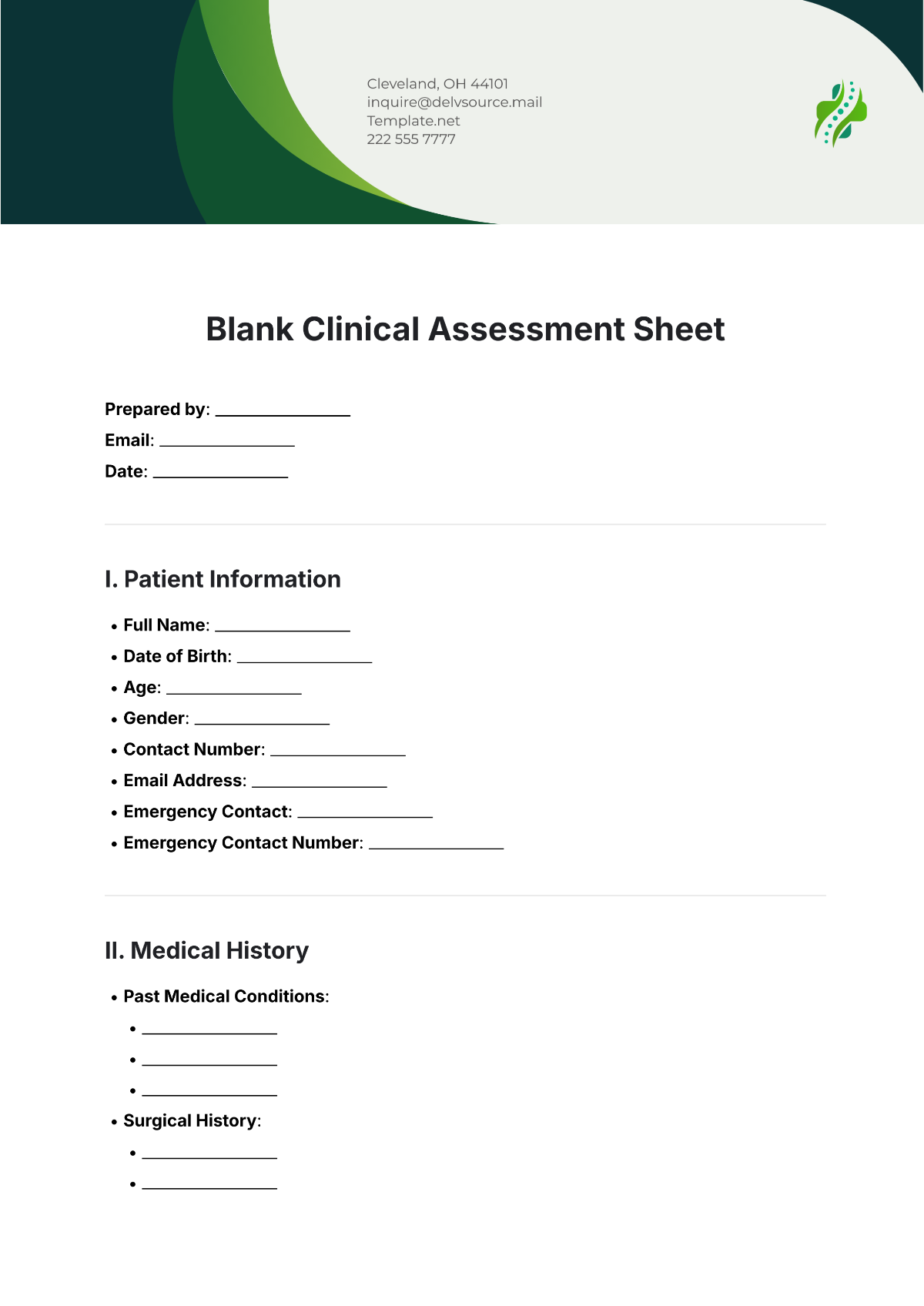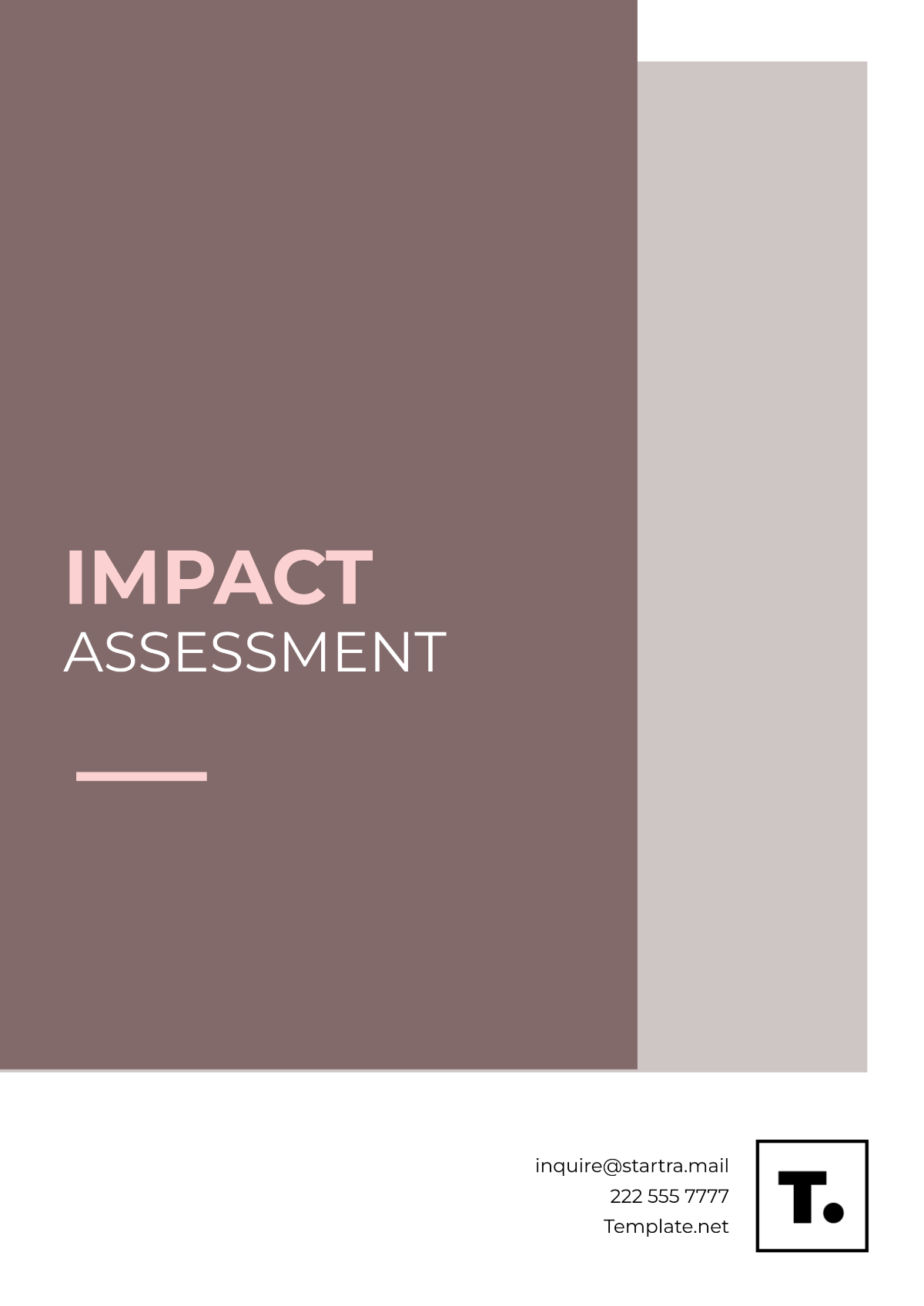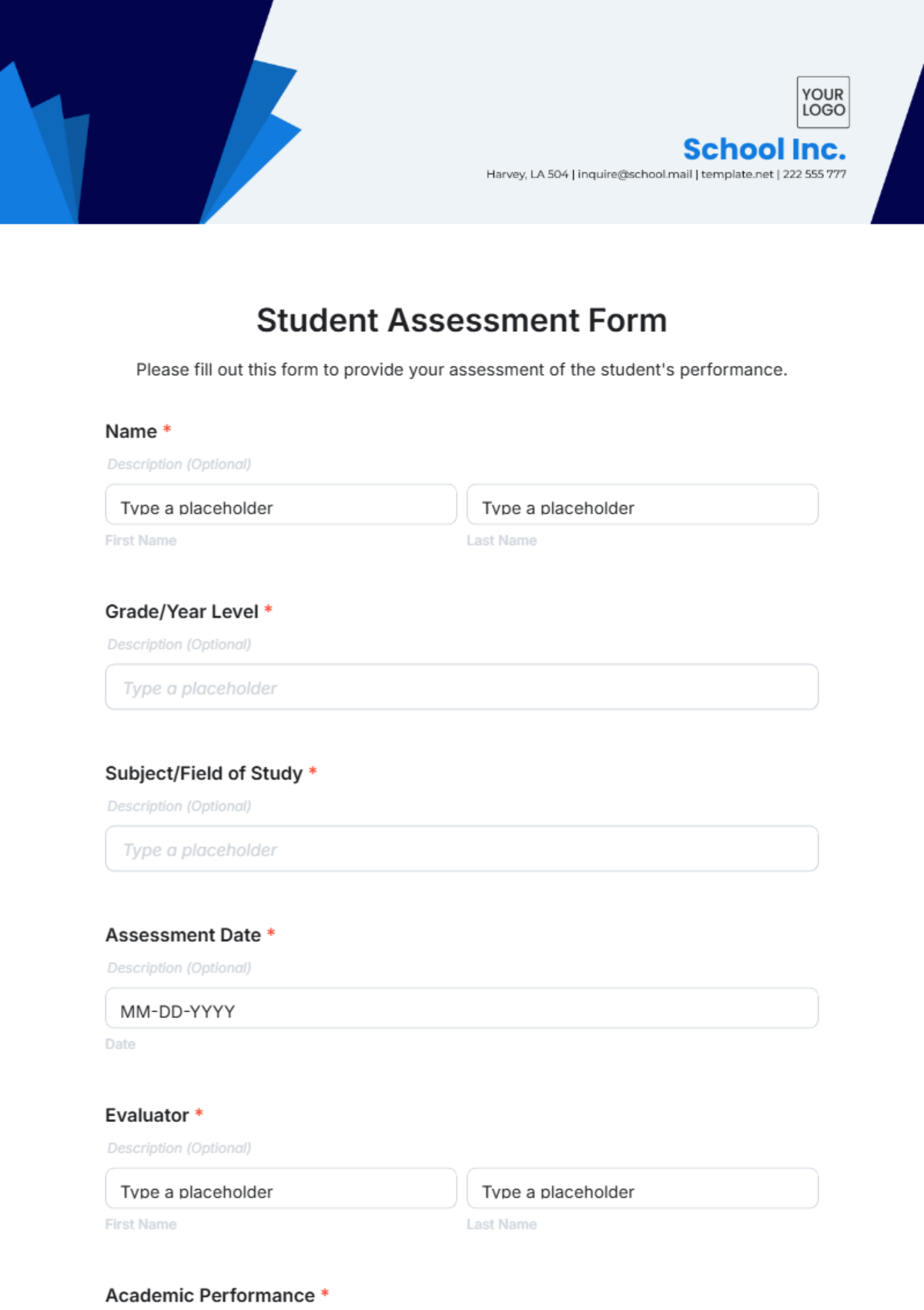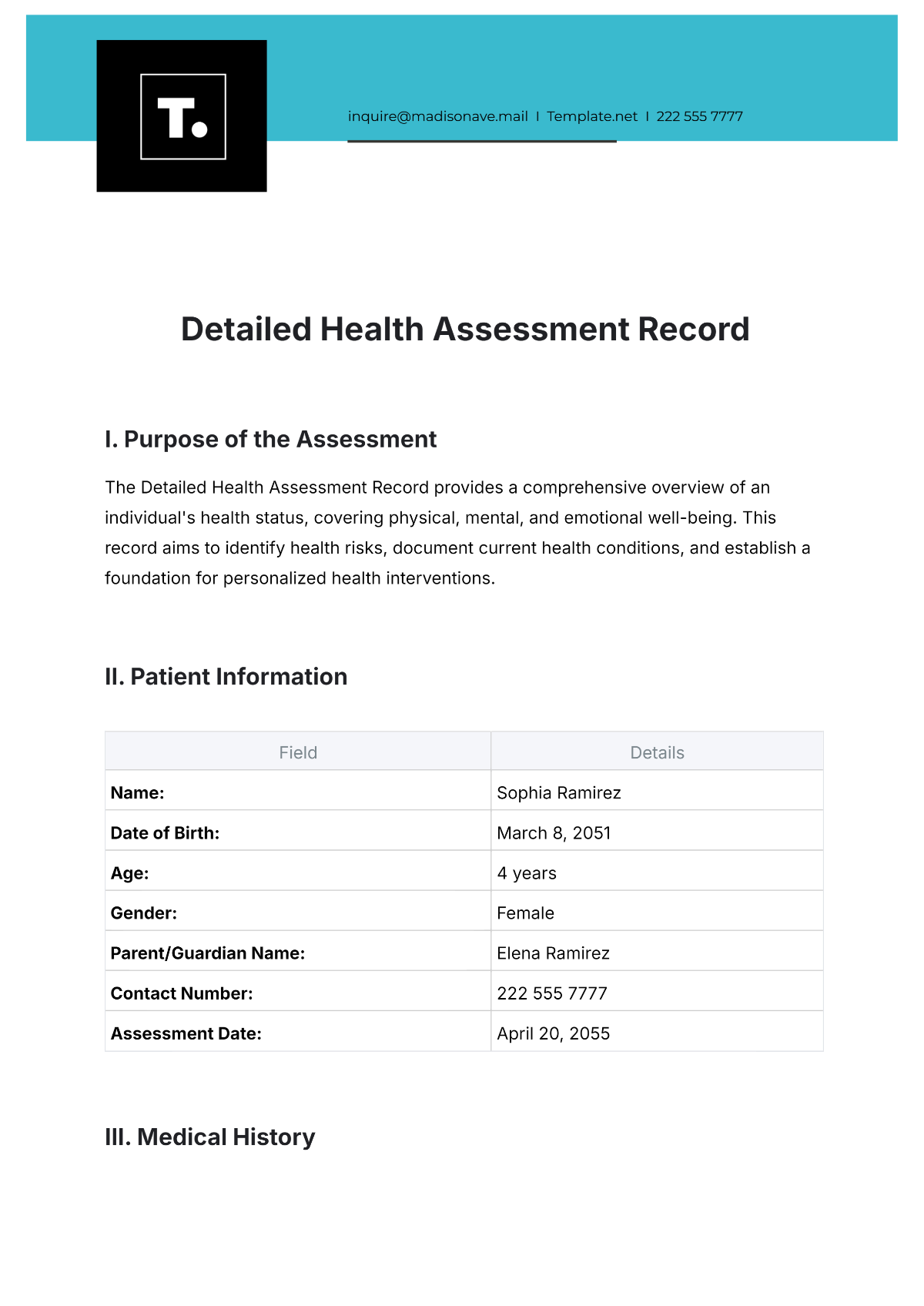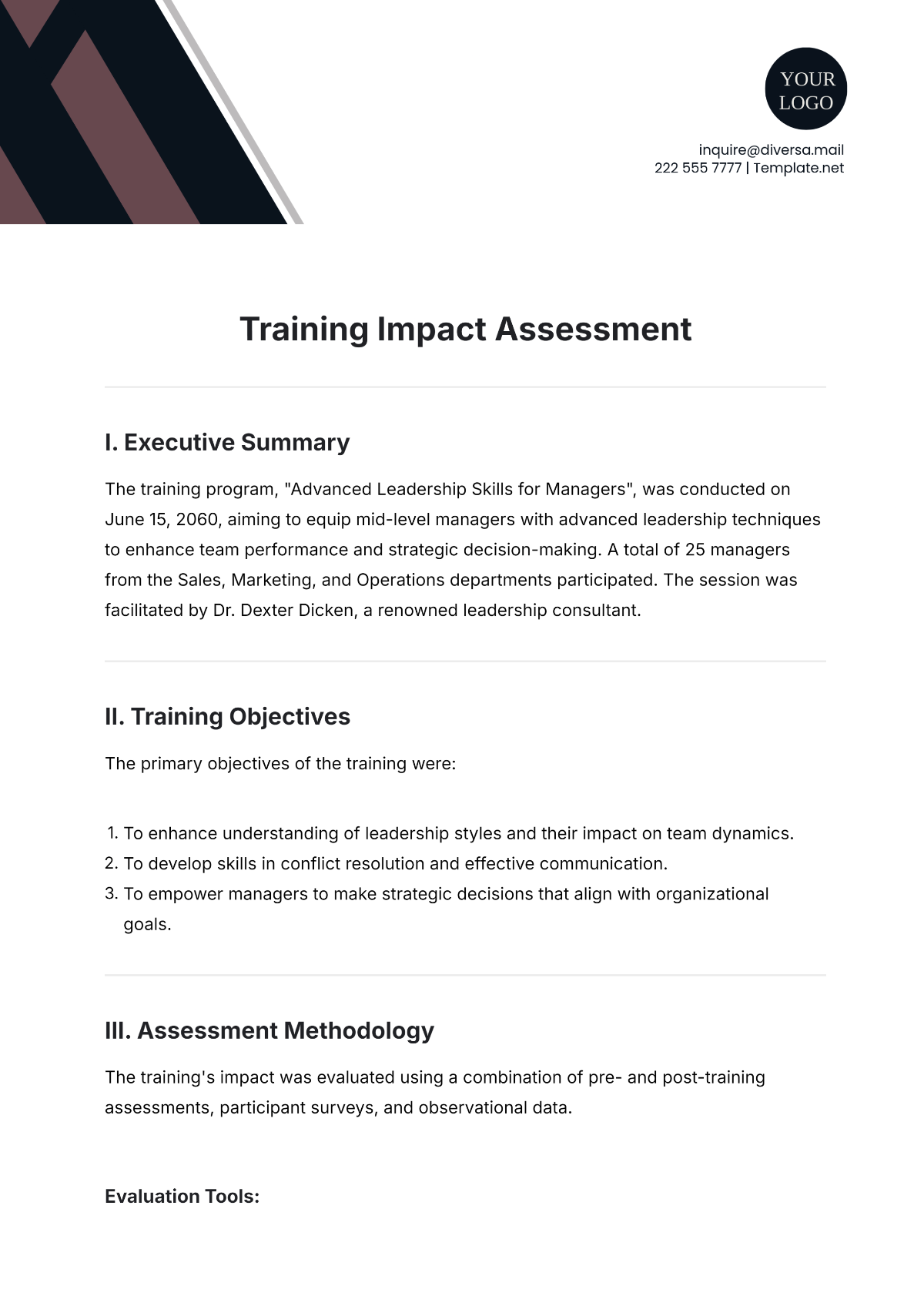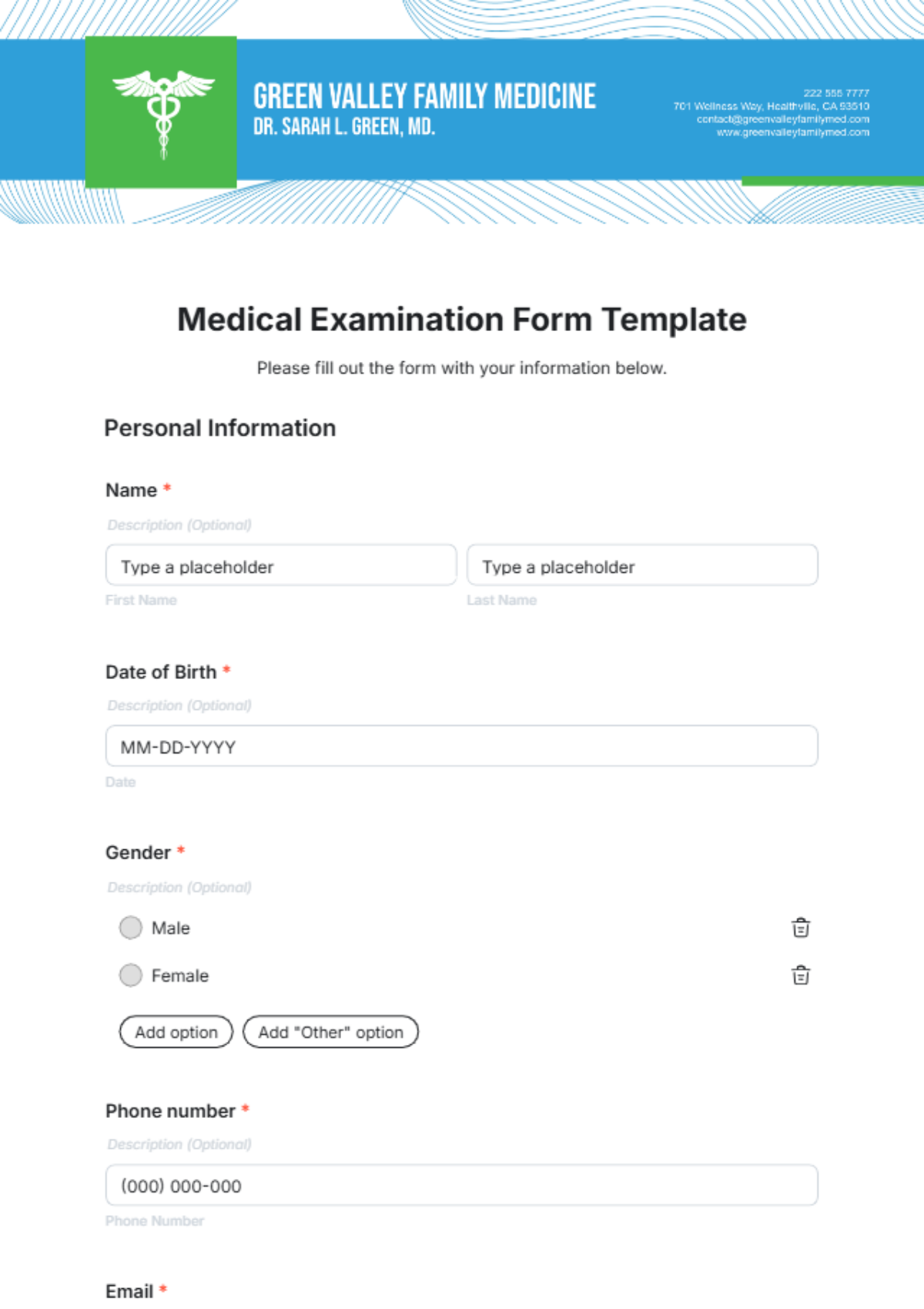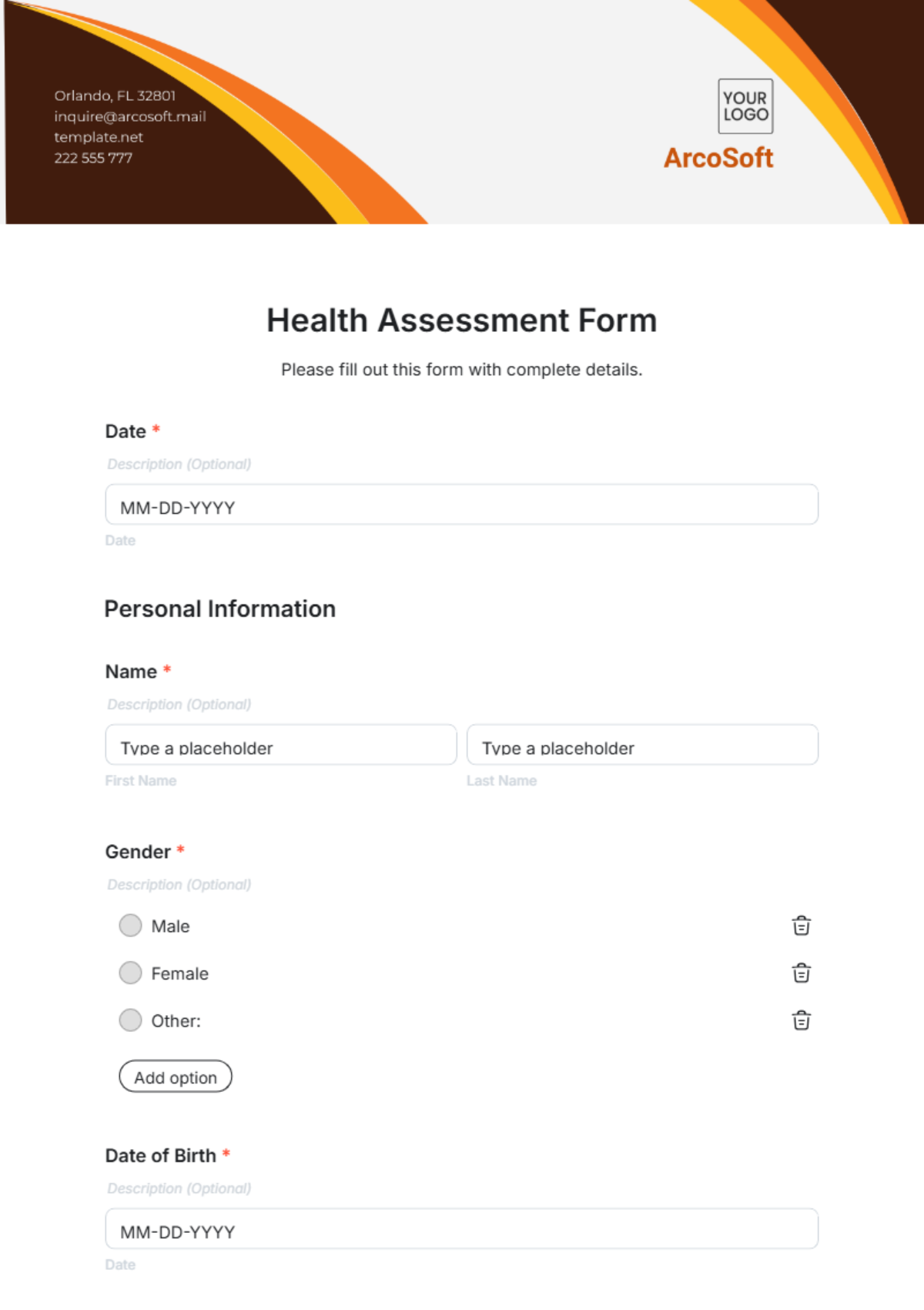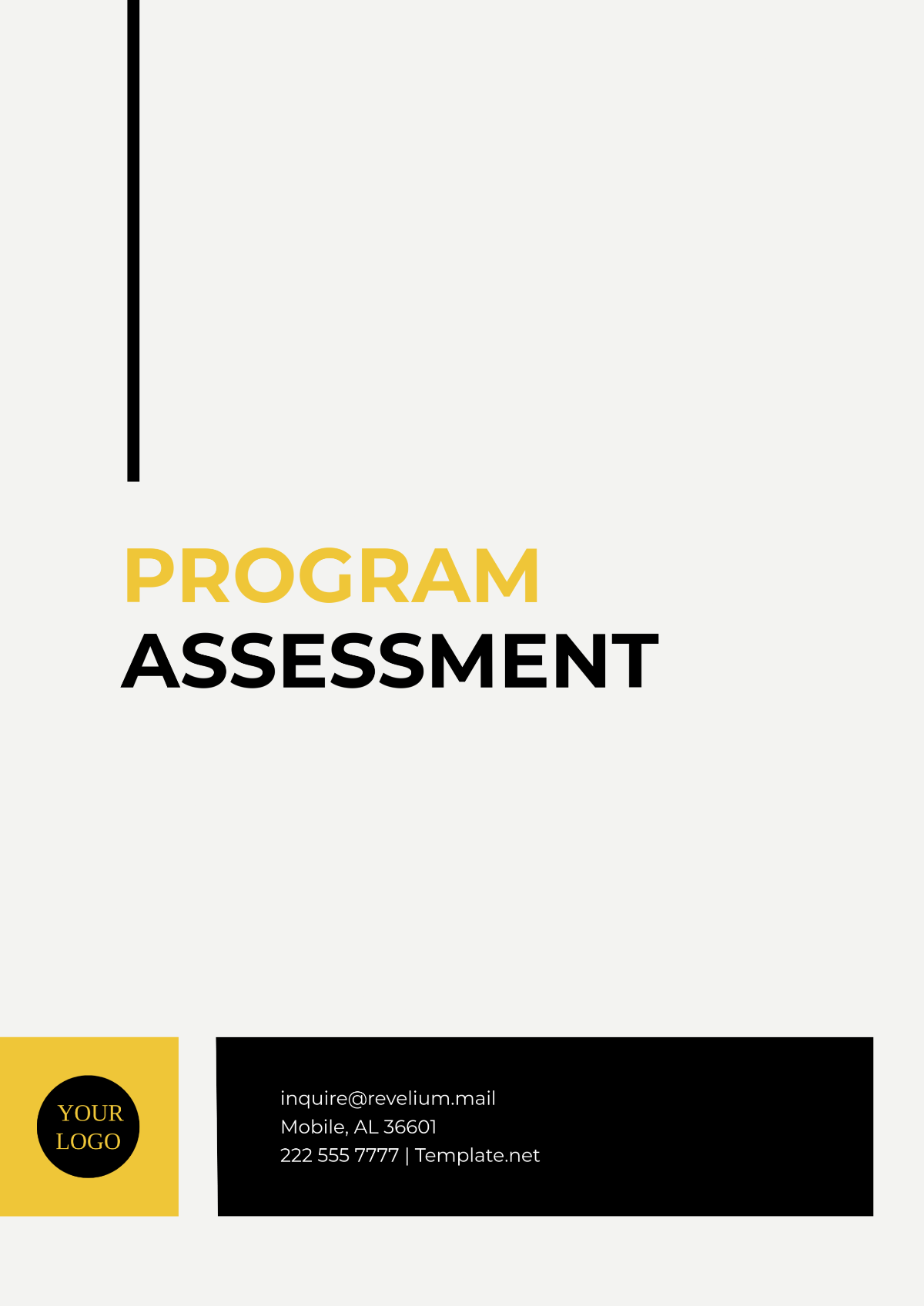Sales Target Assessment
I. Introduction
This target assessment is a strategic blueprint designed to optimize our sales analytics and reporting for [Product Name]. As the Sales Operations Manager at [Your Company Name], I am dedicated to enhancing our decision-making process by leveraging data-driven insights. This commitment stems from the recognition that in today’s competitive business environment, harnessing the power of data is key to driving growth and efficiency.
Our goal is to transform raw data into meaningful information that can guide our sales strategies. By doing so, we aim to gain a deeper understanding of our customers, improve our sales performance, and ultimately, increase our market share. This document outlines the steps we will take to achieve these objectives, starting with an analysis of our current state.
II. Current State Analysis
Our current sales analytics and reporting process for [Product Name] relies on multiple data sources. These include:
A. Customer Relationship Management (CRM)
Our CRM system is a crucial tool for managing customer interactions. It provides valuable insights into customer behavior and preferences. However, it currently lacks real-time data integration, which can lead to delays in data availability and potential missed opportunities.
B. Transaction Records
Transaction records provide a historical account of all transactions made. They are essential for understanding sales trends and forecasting future sales. However, these records are often not updated in real-time, which can result in outdated reports.
C. Web Analytics
Web analytics tools provide insights into online customer behavior, tracking metrics like page views, bounce rate, and conversion rate. However, these tools are not integrated with our other data sources, leading to fragmented and incomplete views of our customer journey.
The lack of real-time integration across these systems results in delays in data availability, which can hinder our ability to make timely and informed decisions. Additionally, we face challenges with data accuracy and inconsistent reporting, which can impact the reliability of our insights and forecasts.
III. Target Objectives and KPIs
A. Target Objectives
Our primary objectives for this initiative are:
Enhance Real-Time Data Integration: We aim to integrate our data sources in real-time. This will ensure that our sales team has access to the most recent data at all times. This will involve identifying the key data points that need to be integrated from each source, establishing processes for regular data integration, and conducting tests to ensure that the data integration is working correctly and that the data is accurate and reliable.
Improve Data Accuracy: We will implement measures to improve the accuracy of our sales data. This includes regular data audits, implementing data validation checks, and establishing data governance policies to maintain data accuracy.
Increase Sales Revenue: Our goal is to increase sales revenue by [5%] over the next fiscal year. This will be achieved through improved sales strategies informed by accurate data. We will track our progress towards this goal using key performance indicators such as sales revenue and conversion rates.
Reduce Customer Acquisition Costs: We aim to reduce our customer acquisition costs by [10%] within the same period. This will be achieved by optimizing our marketing strategies and improving customer retention. We will measure our success in reducing customer acquisition costs using key performance indicators such as customer acquisition cost and lead generation metrics.
B. Key Performance Indicators (KPIs)
Key performance indicators for this initiative will include:
Sales Revenue: This is the total income from sales of [Product Name]. An increase in sales revenue is a positive indicator of growth. We will track this metric on a monthly basis to monitor our progress towards our sales revenue goal.
Conversion Rates: This measures the percentage of potential customers who make a purchase. A higher conversion rate indicates effective sales strategies. We will track this metric on a weekly basis to monitor the effectiveness of our sales strategies and make adjustments as necessary.
Customer Acquisition Cost: This is the total cost of acquiring a new customer. A lower customer acquisition cost indicates efficiency in our marketing efforts. We will track this metric on a monthly basis to monitor our progress towards reducing customer acquisition costs.
Lead Generation Metrics: These metrics measure the effectiveness of our lead generation strategies. They include the number of new leads generated, the conversion rate of leads to customers, and the cost per lead. We will track these metrics on a weekly basis to monitor the effectiveness of our lead generation strategies and make adjustments as necessary.
IV. Data Sources and Integration
We will streamline our data sources, ensuring seamless integration between CRM, transaction records, and web analytics systems. This will allow for more accurate and timely reporting. The steps for this process include:
A. Identify Key Data Points
We will identify the key data points that need to be integrated from each source. This will involve:
Review of Data Sources: Conducting a thorough review of each data source to understand the type of data each source contains.
Identification of Relevant Data Points: Determining which data points are most relevant to our sales objectives. This will involve discussions with the sales team to understand their data needs.
Documentation of Key Data Points: Documenting these key data points for future reference. This will ensure that we have a clear understanding of what data is being integrated.
B. Establish Data Integration Processes
We will establish processes for regular data integration. This could involve:
Setup of Data Transfers: Setting up automated data transfers to ensure that data from each source is regularly imported into our central system.
API Integration: Using APIs for real-time data sharing. This will allow us to pull data from each source as it is updated.
Collaboration with IT Department: Working closely with our IT department to ensure that these processes are set up correctly and efficiently. This will involve regular meetings and progress updates.
C. Test Data Integration
We will conduct tests to ensure that the data integration is working correctly and that the data is accurate and reliable. This will involve:
Running Sample Data: Running sample data through the integration process to test the accuracy and speed of data transfer.
Checking Results: Checking the results for accuracy and consistency. This will involve comparing the integrated data with the original data sources.
Adjustments Based on Test Results: Making necessary adjustments based on the test results. This could involve tweaking the data transfer process or addressing issues with the original data sources.
V. Reporting Tools and Technology
We will implement [Advanced Reporting Tool] to facilitate data analysis and visualization. This software will enable real-time reporting and offer advanced analytics capabilities. The implementation process will involve:
A. Software Installation
We will install the software on our systems and ensure that it is functioning correctly. Our IT department will be responsible for this task and will:
Work with Software Vendor: Work closely with the software vendor to resolve any issues that arise during the installation process. This will involve regular communication and troubleshooting.
Test the Software: Test the software to ensure it’s functioning as expected. This will involve running sample reports and checking the accuracy of the results.
Troubleshoot Installation Issues: Troubleshoot any issues that arise during the installation process. This will involve working with the software vendor and our IT department to resolve any technical issues.
B. Data Importation
We will import our existing data into the software and set up processes for ongoing data importation. This will involve:
Mapping Data Fields: Mapping our data fields to the corresponding fields in the software. This will ensure that our data is accurately represented in the software.
Setting Up Data Importation: Setting up automated processes for data importation. This will ensure that our data is regularly updated in the software.
Testing Data Importation: Testing the data importation process to ensure it’s working correctly. This will involve running sample data imports and checking the accuracy of the results.
C. Report Setup
We will set up reports based on our key performance indicators and other important metrics. This will involve:
Configuring the Software: Configuring the software to generate these reports automatically. This will involve setting up report templates and defining the metrics to be included in each report.
Setting Up Dashboards: Setting up dashboards for easy access to these reports. This will involve customizing the dashboard layout and functionality to meet our needs.
Testing the Reports: Testing the reports to ensure they’re accurate and useful. This will involve running sample reports and reviewing the results for accuracy and relevance.
D. Training
We will provide training to our team on how to use the software effectively. This will involve:
Conducting Training Sessions: Conducting hands-on training sessions where the team can learn how to use the software and ask questions.
Providing Resources: Providing resources such as user manuals and online tutorials. This will allow the team to learn at their own pace and refer back to these resources as needed.
Offering Ongoing Support: Offering ongoing support as the team gets used to the new software. This will involve regular check-ins and the opportunity to ask questions and get help.
VI. Data Governance
Data governance policies will be established to maintain data accuracy, security, and compliance with relevant regulations. These policies will cover:
A. Data Accuracy
We will implement measures to ensure the accuracy of our data. This could include:
Implementing Data Validation Checks: Implementing data validation checks to catch any inaccuracies before they enter our system.
Conducting Regular Data Audits: Conducting regular data audits to check for inaccuracies in our existing data.
Establishing a Process for Correcting Inaccuracies: Establishing a process for correcting any inaccuracies that are identified. This will involve updating the inaccurate data and investigating the cause of the inaccuracy.
B. Data Security
We will implement robust security measures to protect our data from unauthorized access and breaches. This will involve:
Setting Up Firewalls: Setting up firewalls to protect our data from unauthorized access.
Implementing Encryption and Access Controls: Implementing encryption and access controls to protect our data while it’s being stored and transferred.
Regularly Monitoring Systems: Regularly monitoring our systems for any signs of a security breach. This will involve setting up automated alerts and conducting regular security audits.
C. Data Compliance
We will ensure that our data practices comply with relevant regulations. This could involve:
Conducting Regular Compliance Audits: Conducting regular compliance audits to ensure that our data practices are in line with relevant regulations.
Staff Training on Data Compliance: Providing staff training on data compliance. This will involve educating our team on the relevant regulations and our data compliance policies.
Regular Updates to Policies: Making regular updates to our policies to reflect changes in regulations. This will involve staying up-to-date with any changes to relevant regulations and updating our policies accordingly.
D. Data Usage
We will establish policies on how our data can be used. This will ensure that our data is used responsibly and ethically. These policies will cover:
Data Privacy: Ensuring that personal data is handled in a way that respects individual privacy. This will involve setting up strict access controls and educating our team on data privacy best practices.
Data Sharing: Establishing guidelines for when and how data can be shared with third parties. This will involve setting up data sharing agreements and ensuring that any data sharing complies with relevant regulations.
Data Retention: Setting policies for how long data should be retained and when it should be deleted. This will involve considering the needs of our business, as well as any relevant regulations.
VII. Team and Resources
A dedicated Sales Analytics and Reporting team will be formed, and we will provide training to enhance their data analytics skills. A budget allocation has been made for this purpose.
A. Team Formation
We will form a dedicated Sales Analytics and Reporting team. This team will be responsible for:
Managing Sales Data: Managing our sales data. This will involve collecting, storing, and organizing our sales data.
Conducting Data Analysis: Conducting data analysis. This will involve analyzing our sales data to identify trends and insights.
Generating Reports: Generating reports. This will involve using our reporting tools to generate reports based on our key performance indicators and other important metrics.
B. Training
We will provide training to the team to enhance their data analytics skills. This will involve:
Conducting Formal Training Sessions: Conducting both formal training sessions. This will involve bringing in experts to provide training on data analysis techniques and tools.
Providing On-the-Job Training: Providing on-the-job training. This will involve mentoring and coaching from experienced team members.
Offering Ongoing Support and Additional Training: Offering ongoing support and additional training as needed. This will involve regular check-ins and the opportunity to attend additional training sessions as needed.
VIII. Timeline and Milestones
The successful execution of our sales analytics and reporting enhancement project for [Product Name] requires a well-defined timeline and clear milestones. These elements provide a roadmap for the project, ensuring that each task is completed in a timely manner and that the project stays on track.
The following table outlines the key milestones for this project, along with their estimated completion dates:
Milestone | Description | Estimated Completion Date |
Project Kick-off | Official start of the project, including team introductions and initial planning sessions. | July 10, 2050 |
Data Integration | Completion of data integration processes, including testing and validation. | |
Software Implementation | Successful installation and configuration of the [Advanced Reporting Tool], including data importation and report setup. | |
Training | Completion of team training on the use of the new software and data governance policies. | |
Project Completion | Successful achievement of all project objectives, including enhanced real-time data integration, improved data accuracy, and optimized reporting capabilities. |
The first milestone, the Project Kick-off, marks the official start of the project. This involves team introductions and initial planning sessions. The team introductions are crucial for establishing roles and responsibilities, ensuring that each team member understands their part in the project. The initial planning sessions, on the other hand, provide an opportunity to discuss the project objectives in detail, set expectations, and align on the project timeline and milestones.
The Project Kick-off sets the tone for the entire project. It’s an opportunity to build team cohesion and foster a shared understanding of the project goals. It also provides a platform for addressing any questions or concerns that team members may have before the project commences. This proactive approach to communication helps to prevent misunderstandings and ensures that everyone is working towards the same goals.
Moreover, the Project Kick-off is a critical milestone because it signals the commitment of [Your Company Name] to improving its sales analytics and reporting for [Product Name]. It demonstrates to the team and to the wider organization that resources have been allocated and efforts are being made to enhance data-driven decision-making processes. This can boost morale and motivate team members to contribute their best efforts towards the success of the project.
The importance of having a well-defined timeline and clear milestones cannot be overstated. They provide a roadmap for the project, guiding the team through each phase and helping to manage the workload effectively. They also serve as a tool for measuring progress, allowing the team to see how far they’ve come and what still needs to be done. This can be particularly motivating, as it allows the team to celebrate their achievements along the way.
Furthermore, the timeline and milestones provide a means for managing expectations both within the team and with stakeholders. They provide clarity on when results can be expected, which can help to manage stakeholder expectations and ensure continued support for the project. In this way, the timeline and milestones are not just a project management tool, but also a communication tool that plays a vital role in the success of the project.
IX. Budget
The budget is a crucial component of our sales analytics and reporting enhancement project for [Product Name]. By detailing these costs, the budget helps to ensure that the project is financially feasible and that resources are allocated effectively.
The following chart and table outline the key budget items for this project, along with their estimated costs:
Budget Item | Description | Estimated Cost |
1. Software | Cost of the [Advanced Reporting Tool] and any other software needed for the project. | $10,000 |
2. Hardware | Cost of any hardware needed for the project, such as servers or workstations. | $5,000 |
3. Training | Cost of training the team on the new software and data governance policies. | $3,000 |
4. Personnel | Cost of personnel involved in the project, including salaries and benefits. | $50,000 |
5. Miscellaneous | Any additional costs that may arise during the implementation of the project. | $2,000 |
Total | $70,000 |
The first budget item, Software, represents the cost of the [Advanced Reporting Tool] and any other software needed for the project. This is a critical investment as the right software can significantly enhance our data analysis and reporting capabilities. It can provide us with real-time insights, advanced analytics, and customizable reports, all of which can drive more informed and effective decision-making. The estimated cost for this is $10,000.
The second budget item, Hardware, covers the cost of any hardware needed for the project, such as servers or workstations. While our existing hardware may be sufficient for our current needs, the implementation of new software and the integration of additional data sources may require more powerful or specialized hardware. The estimated cost for this is $5,000.
The third budget item, Training, covers the cost of training the team on the new software and data governance policies. This is an essential investment as it ensures that our team has the skills and knowledge needed to effectively use the new tools and adhere to our data governance policies. The estimated cost for this is $3,000.
The fourth budget item, Personnel, represents the cost of personnel involved in the project, including salaries and benefits. This includes the cost of the dedicated Sales Analytics and Reporting team, as well as any additional personnel needed to support the project. The estimated cost for this is $50,000.
The fifth budget item, Miscellaneous, covers any additional costs that may arise during the implementation of the project. This could include costs for additional software, hardware, or consulting services. It could also include costs for additional training or personnel if needed. The estimated cost for this is $2,000.
The total estimated cost for the project is $70,000. This represents a significant investment in our sales analytics and reporting capabilities. However, it’s important to remember that this investment will likely yield significant returns in the form of improved sales performance, more informed decision-making, and increased revenue.
The budget plays a crucial role in the successful execution of the project. It provides a financial roadmap for the project, helping to guide spending and ensure that resources are allocated effectively. By detailing the estimated costs associated with each aspect of the project, the budget helps to ensure that the project is financially feasible.
Moreover, the budget serves as a tool for accountability and transparency. It provides a clear breakdown of where funds are being allocated, which can help to build trust with stakeholders and ensure that funds are being used responsibly. In this way, the budget is not just a financial document, but also a tool for project management and communication. It plays a vital role in the success of the project and is a testament to [Your Company Name]'s commitment to responsible financial management.
X. Risk Assessment
Every project comes with its own set of risks and challenges. Identifying these risks early on and planning for them can significantly increase the chances of success.
A. Data Integration Challenges
Data integration can be a complex process, especially when dealing with multiple data sources. Some potential risks include:
Data Inconsistency: Different data sources may have different formats or standards, leading to inconsistencies. This could result in errors or inaccuracies in the integrated data, which could affect the quality of our analysis and reporting.
Data Quality: The quality of data from different sources may vary, affecting the accuracy of the analysis. Poor quality data could lead to misleading insights, which could negatively impact our decision-making process.
Technical Difficulties: There may be technical difficulties in integrating different data sources, especially if they use different technologies or platforms. These difficulties could delay the project timeline and increase project costs.
B. Software Implementation Challenges
Implementing new software can also present challenges, such as:
Compatibility Issues: The new software may not be compatible with our existing systems or data formats. This could result in integration issues, which could delay the project timeline and increase project costs.
Learning Curve: There may be a steep learning curve for the team to understand and effectively use the new software. This could slow down the project progress and affect the team’s productivity.
Technical Glitches: As with any new software, there may be bugs or glitches that need to be resolved. These could affect the functionality of the software and the quality of our analysis and reporting.
XI. Contingency Plan
In the event of unforeseen circumstances or challenges, it’s important to have a contingency plan in place.
A. Alternative Data Integration Methods
If we encounter difficulties with data integration, we could consider:
Using Middleware: Middleware can help bridge the gap between different data sources and formats. It can automate the data integration process and ensure consistency and accuracy in the integrated data.
Hiring External Experts: If the challenges are beyond our team’s expertise, we could consider hiring external consultants or experts. They could bring in specialized knowledge and experience to help overcome the challenges.
Training: Providing additional training to our team to enhance their data integration skills. This could involve workshops, online courses, or hands-on training sessions.
B. Alternative Software Solutions
If we encounter issues with the new software, we could consider:
Seeking Vendor Support: Most software vendors offer support services to help resolve technical issues. We could leverage this support to overcome any issues we encounter.
Exploring Other Software Options: If the chosen software doesn’t meet our needs, we could consider other software solutions. There are many software options available in the market, and we could find one that better suits our needs.
Additional Training: Providing additional training to our team to enhance their understanding and usage of the software. This could involve additional workshops, online courses, or hands-on training sessions.
XII. Project Review and Evaluation
Upon completion of the project, it’s important to conduct a thorough review and evaluation. This will help us understand the effectiveness of our efforts and identify areas for improvement.
A. Performance Metrics Evaluation
We will evaluate the project based on the key performance indicators. This includes:
Sales Revenue: Comparing the sales revenue before and after the project implementation. This will help us understand the impact of the project on our sales performance.
Conversion Rates: Evaluating the changes in conversion rates. This will help us understand the effectiveness of our sales strategies and identify areas for improvement.
Customer Acquisition Cost: Assessing the reduction in customer acquisition costs. This will help us understand the efficiency of our marketing efforts and identify areas for cost savings.
Lead Generation Metrics: Analyzing the effectiveness of our lead generation strategies. This will help us understand the quality of our leads and identify opportunities to improve our lead generation process.
B. Feedback Collection
We will collect feedback from all stakeholders, including:
Team Feedback: Gathering feedback from the team members involved in the project to understand their experiences and challenges. This will help us identify areas for improvement in our project management and team collaboration.
Stakeholder Feedback: Collecting feedback from other stakeholders, such as management and other departments, to understand their perspectives. This will help us align our future projects with the needs and expectations of all stakeholders.
Customer Feedback: Seeking feedback from customers to understand how the changes have impacted their experiences. This will help us align our sales strategies with the needs and preferences of our customers.



